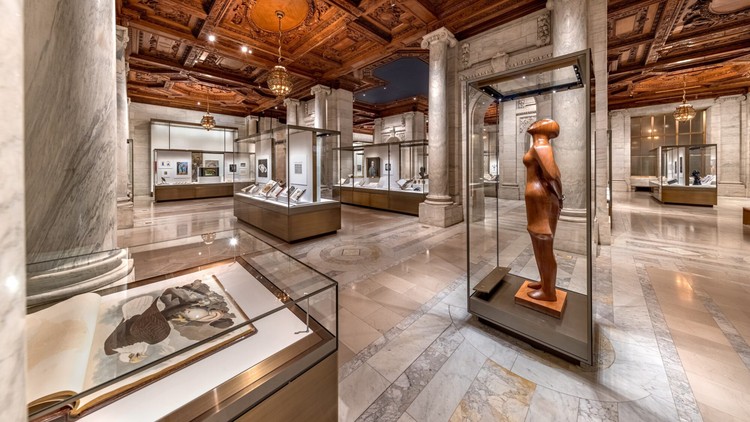Choosing the right flooring for a museum is important to ensure that the space looks attractive and professional, while also providing durability and functionality. Here are some factors to consider when choosing a flooring material for a museum:

Aesthetics
The flooring should complement the exhibit and overall design of the museum. For example, a hardwood floor can provide a classic and elegant look for traditional art exhibits, while a concrete floor can create a modern and industrial feel for contemporary art exhibits.
Durability
The flooring should be able to withstand heavy foot traffic, machinery movement, and spills. Hardwood, tile, and concrete are all durable options.
Maintenance
The flooring should be easy to clean and maintain. Vinyl, tile, and concrete are all relatively low maintenance options.
Lighting
The flooring should also be chosen with lighting in mind. For example, a glossy floor can cause unwanted reflections and glare that can interfere with the viewing experience.
Acoustics
The flooring should also be chosen with acoustics in mind. For example, a hardwood floor can create a more echoey space, while carpet can help absorb sound.
Environmental Considerations
If the museum has a focus on sustainability, it may be important to choose flooring materials that are eco-friendly or made from recycled materials.
Ultimately, the best flooring for a museum depends on the specific needs and preferences of the space. It’s important to consider all of these factors before making a final decision on a flooring material. It may also be helpful to consult with a flooring professional to ensure that the chosen flooring material meets all of the necessary requirements.



